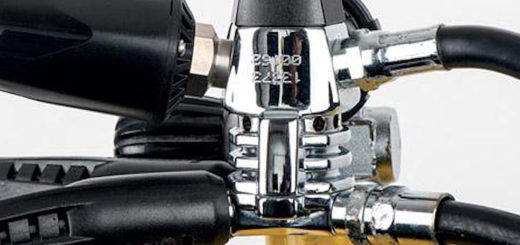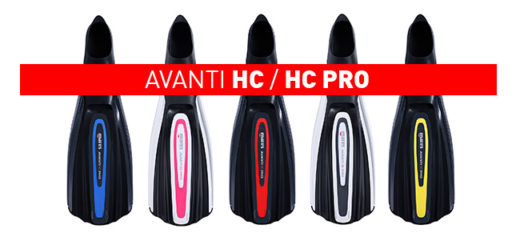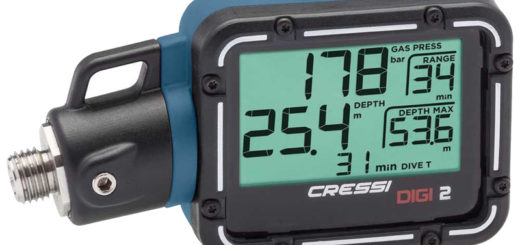Regulators, rinsing is not enough
They taught us this in the Open Water course and we, as followers of a Truth-holding sect (that of diving instructors), hand down this dogma by instilling it into the consciousness of our students: after each dive you must rinse the equipment in fresh water.
Among the little emphasis of many in conveying this noble concept and the superficiality of the many in putting into practice this fundamental precept, we often find ourselves having to deal with equipment that gives problems and lead to expensive assistance interventions.
Rinsing a regulator is not enough.
Although we can immerse in fresh water or pass it under a direct jet, we will never be able to effectively remove all the salt residues due to use in the marine environment.
There are two components that affect, in the short or long term, the use of our regulators: sodium chlorides (sea water salt) and calcium carbonate (fresh water limestone).
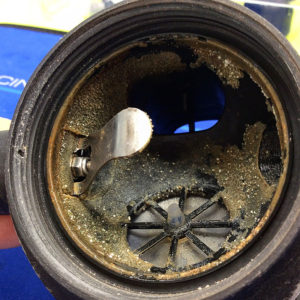
2° stadio dopo due anni senza manutenzione
Some divers follow the principle that, if a regulator is used regularly (such as an instructor or an enthusiast can use it during a diving holiday) and always remains wet (I would say damper), sodium chlorides do not have time to “crystallize” because the process of evaporation of the water in which they are dissolved is limited. This may be true in broad terms, but in practice it is not quite so.
There are many aspects that we must consider: the temperature to which the equipment is exposed (which facilitates evaporation), the contamination from other agents (sand, plankton, etc.), the frequency with which we do maintenance.
If we do not properly rinse the dispensers after each dive our safety will be affected, in addition to our wallet.
Even fresh water does its part. To be scrupulous, the dispensers should be washed with distilled water to prevent scale formation; we don’t get to that, I know very well that nobody does it (not even me) and so let’s talk about real practice.
Even if the common tap water that we find at the diving center or that we have at home is not the best, if we pay attention we can still do a satisfactory cleaning job.
- At the end of each dive rinse the regulators with plenty of water. Try, as far as you can, to get the water in every interstice (remember to NEVER press the 2nd stage purge button if the regulator is not pressurized, you would risk letting water in the hoses).
- Do not leave the regulators soaked in the rinsing tanks of the diving centers: that water is not changed at every washing cycle and if we are the first of the day we will use fresh water, otherwise it will be like putting them back in sea water.
- Use a toothbrush to remove any residues from the interstices (whips, dead corners, etc.).
- Leave the regulators to dry in the shade and in a ventilated area. NEVER leave them to dry in the sun.
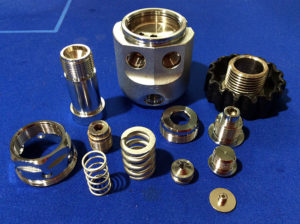
1° stadio dopo la pulizia in laboratorio, durante l’intervento di manutenzione.
Remember that the regulator is a fundamental tool, on which our survival under water depends, if we take care of it will guarantee safe dives.
Manufacturers recommend a revision operation every 100 dives or once a year and 1 complete maintenance every 200 dives or every 2 years. Don’t try your hand at “do it yourself”, the procedures for revising and maintaining a regulator are delicate and require specific expertise and equipment.
That of maintenance is an aspect that is often underestimated, thinking that “as long as it works and does not give me problems, why take it to the assistance?”
I can guarantee you that a regulator, for good that it can be treated and for how much care can be had in washing and storing it, will still need a periodic revision: following the plan recommended by the manufacturer means preventing problems, in the water and out . I will talk about this in a future article.
Remember, the care of the regulator starts with you, only this can guarantee you safe dives and a considerable economic saving.
Enjoy the Blue!
© Text and photos: Massimo Bidetti/Amphibica. Original text in Italian.


